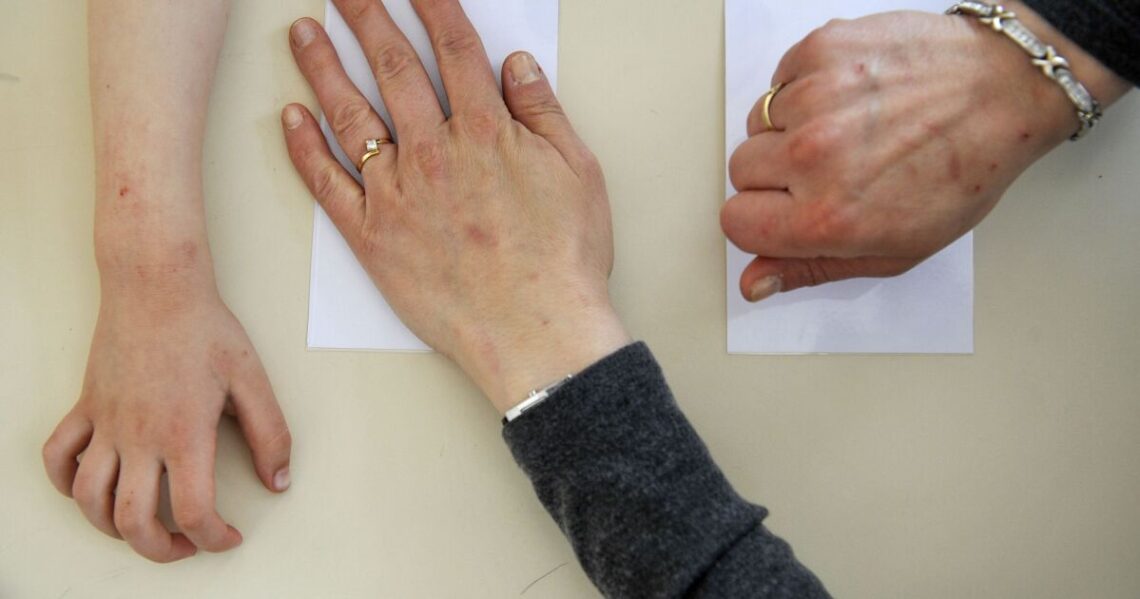Applied Behavior Analysis (ABA) is a type of therapy that can be used to treat a variety of different behaviors, but its most common application is as a form of therapy for people with autism.
ABA research dates back to the 1950s, with its official certification starting in 1998. Today, ABA is the only method of intervention for autism that is approved for coverage by insurance providers and Medicaid in every state. But as many experts on autism and ABA therapy will tell you, a singular therapy can’t be a one-size-fits-all proposition, even though ABA is seen by many practitioners as a flexible approach.
Finding out the best approach for your child or loved one on the autism spectrum can be overwhelming and leave parents and caregivers unsure of how to best assist.
There are a wide range of perspectives on ABA therapy and its utility as therapy for people with autism, so LAist talked with experts with a range of perspectives on the utility of ABA and what alternatives exist out there if you feel ABA isn’t the right approach.
An increase in cases and a growing understanding of autism
“When I was in graduate school, autism occurred in 1 in 2,500 individuals… today it’s 1 in 36,” said Dr. Jan Blacher, research professor of education and psychology at UC Riverside.
The explanation for the rising cases, she said, came from the medical community’s changing understanding of what autism is.
Originally, the Diagnostic and Statistical Manual of Mental Disorders (DSM) defined autism as someone who exhibits restrictive, repetitive behavior and deficits in social interactions.
Though this was an established notion for decades, a growing concern became…
Read the full article here







